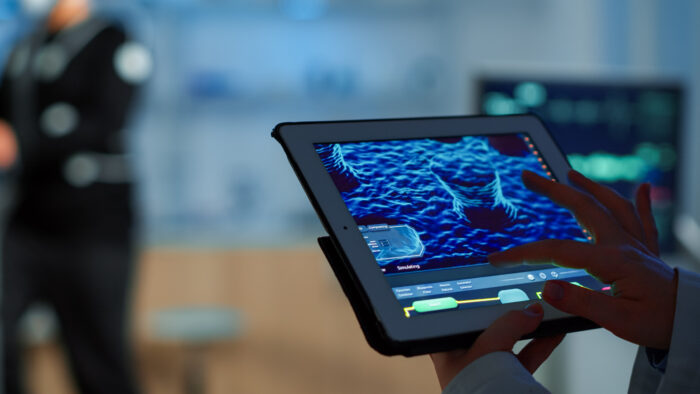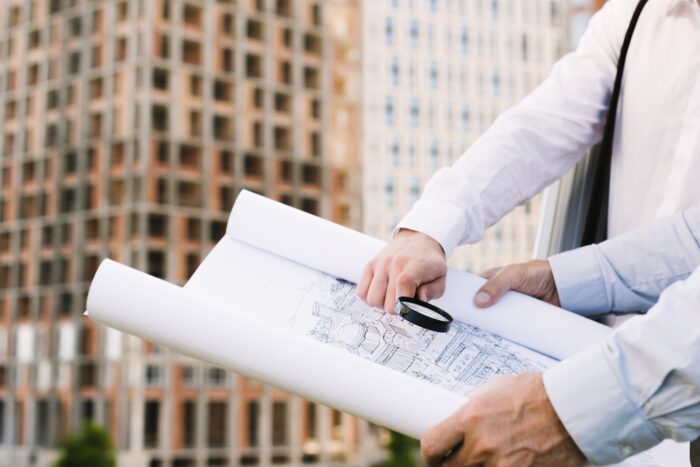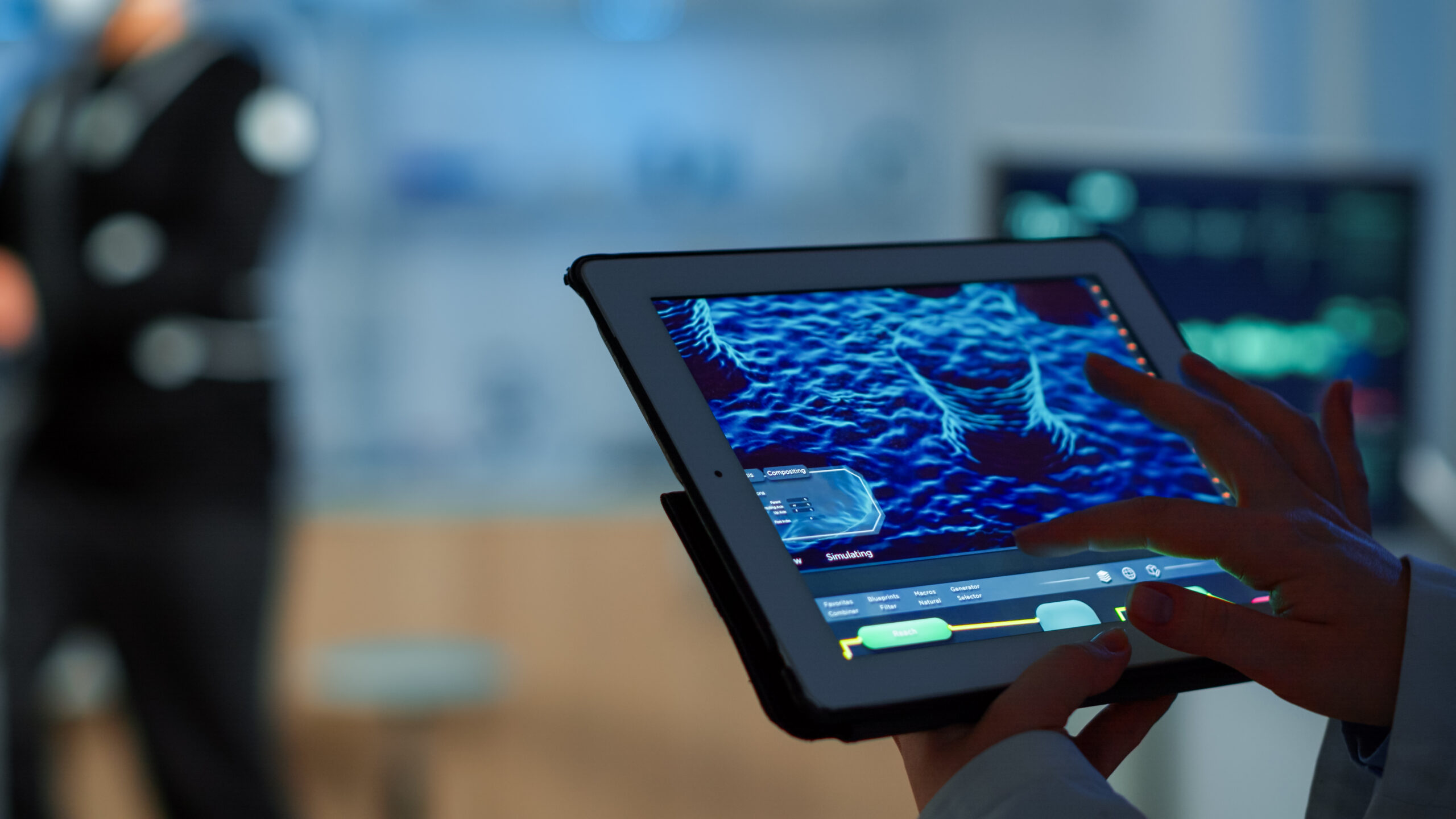Topographical surveying has come a long way, and LiDAR (Light Detection and Ranging) is quickly becoming a trend revolutionizer. This technology uses laser pulses to create incredibly detailed maps of the ground, making surveys faster and more accurate than ever before.
In fact, a report by MarketsandMarkets says the global LiDAR market will grow from $1.6 billion in 2024 to $3.7 billion by 2029 because so many industries, such as construction, environmental studies, and urban planning, are starting to use it.
In this article, we’ll break down what LiDAR is, why it’s so useful, how it’s being used today, the challenges it faces, and why it might be the future of topographical surveys.

What are LiDAR Services and How Do They Work?
LiDAR stands for Light Detection and Ranging. It uses laser pulses to measure distances and create detailed 3D maps of surfaces. The system emits laser beams and calculates the time taken for them to bounce back, generating point cloud data (a collection of millions of 3D points).
How LiDAR Works
Airborne LiDAR
Airborne LiDAR is mounted on aircraft or drones and is used for scanning large areas such as forests, coastlines, or urban landscapes. It is particularly effective for capturing elevation and vegetation data over vast regions.
Terrestrial LiDAR
Terrestrial LiDAR services involves stationary systems placed on the ground to collect data. It is commonly used for highly detailed surveys of specific locations like building exteriors, archaeological sites, or construction zones.
Mobile LiDAR
Mobile LiDAR is mounted on vehicles and collects data while in motion. This method is ideal for mapping roads, highways, and urban infrastructure, offering a fast and efficient way to survey long stretches of terrain.
How LiDAR Differs from Traditional Surveying Methods
LiDAR has brought a revolutionary shift in topographical surveying, offering distinct advantages over traditional methods like manual leveling, total stations, and GPS-based surveys. Here’s a detailed comparison with examples to illustrate why LiDAR is often the better choice:
Speed: LiDAR Collects Data Significantly Faster
Traditional Methods: Manual surveying can take weeks or months to cover large or complex areas. For example, surveying a dense forest with a total station or GPS requires extensive ground-based measurements, often slowed by physical obstacles like vegetation or rough terrain.
LiDAR: A LiDAR-equipped drone can scan the same area in a few hours. For instance, in California, LiDAR was used to map wildfire-prone areas spanning hundreds of square kilometers in a single day, a task that would have taken traditional surveyors months to complete.
Why It Matters: Faster data collection means quicker decision-making, which is crucial in time-sensitive projects like disaster recovery or infrastructure development.
Precision: LiDAR Services Generate Highly Accurate 3D Maps
Traditional Methods: While traditional tools like GPS and total stations provide accurate point measurements, they are limited to fewer data points and require manual interpolation for creating terrain models. This can introduce errors, especially in uneven or complex terrains.
LiDAR: LiDAR systems capture millions of points per second, creating detailed 3D models with centimeter-level accuracy. For example, LiDAR has been used in Norway to map mountainous regions for tunnel construction, identifying minor terrain variations that manual methods would likely miss.
Why It Matters: The precision of LiDAR reduces errors and improves the quality of data, ensuring projects are based on reliable information.
Versatility: LiDAR Excels in Challenging Environments
Traditional Methods: Surveying dense forests, steep slopes, or urban areas with obstructions (like tall buildings) is challenging. Traditional methods often require manual clearing of vegetation or multiple setups to account for obstructions.
LiDAR: LiDAR can penetrate vegetation and navigate around obstructions, making it ideal for mapping dense forests or congested urban areas. For example, archaeologists used LiDAR in Guatemala to uncover hidden Mayan ruins under thick jungle canopy, something traditional surveys couldn’t achieve without years of effort.
Why It Matters: LiDAR opens up possibilities for surveying areas that were previously inaccessible or too time-consuming to map.
Automation: LiDAR Minimizes Human Involvement and Errors
Traditional Methods: Manual surveys require extensive human involvement, from taking measurements to processing data. This increases the chances of errors and delays, especially in large-scale projects.
LiDAR: LiDAR automates the data collection and processing workflow. With advanced software, LiDAR data can be processed to generate terrain models, elevation maps, and 3D structures almost instantly. For example, construction companies use LiDAR to create real-time models of project sites, helping teams adjust plans on the fly without waiting for manual survey results.
Why It Matters: Automation reduces reliance on human labor, lowers costs, and delivers results faster and more accurately.
Key Applications of LiDAR in Topographical Surveys
LiDAR services are changing the game for topographical surveys, making them faster, more accurate, and incredibly detailed. It’s being used in so many industries to solve real problems and deliver better results
Let’s explore its key applications with real-world examples that highlight its impact and relevance.
Urban Planning and Development
In rapidly growing cities, planning new roads, buildings, or transportation systems without causing chaos is always a big challenge. LiDAR makes this easier by creating detailed 3D maps that help planners see exactly how new projects will fit with what’s already there.
Take Singapore, for example. With limited space and a lot of people, they use LiDAR to design smarter transportation systems and better building layouts. Instead of relying on old, incomplete maps that can lead to expensive delays, LiDAR provides accurate, up-to-date data to keep projects running smoothly.

Environmental Studies
Protecting the environment is more important than ever, especially with natural disasters becoming more frequent. LiDAR plays a big role in this by mapping things like forest density, flood zones, and erosion patterns.
In California, for example, LiDAR is used to assess wildfire risks by mapping tree canopies and spotting areas with too much vegetation that could fuel fires. Researchers also use it to study riverbanks and predict erosion, helping communities take action before serious damage happens.
Unlike older methods, which can miss key details in dense forests or tough terrains, LiDAR sees through vegetation and provides clear, detailed data to guide smarter environmental decisions.
Construction and Engineering
When building infrastructures like highways, bridges, or tunnels, knowing the terrain beforehand is crucial to avoid expensive surprises. LiDAR makes this possible by creating incredibly detailed maps of the land, helping engineers design safe and efficient structures.
For example, in Norway, engineers used LiDAR to map a mountainous area before starting work on a major tunnel. The data helped them spot unstable slopes and other risks early, allowing the project to move forward without delays or safety issues. With LiDAR, construction teams can plan with confidence and avoid unexpected costs caused by hidden terrain problems.
Disaster Management
LiDAR plays a crucial role in disaster preparedness as it helps identify high-risk areas before disasters happen. For example, after a massive landslide in Nepal, authorities used LiDAR to map the region and find other spots at risk.
This information allowed them to relocate vulnerable communities and plan better infrastructure to prevent future damage. In flood-prone areas, LiDAR is used to model how water will flow and pinpoint places most likely to be affected.
Its speed and accuracy make it essential for protecting lives and property, giving communities the insights they need to act quickly and effectively.
Archaeology
Discovering ancient sites hidden under thick vegetation or soil has become much easier with LiDAR. Archaeologists have used it to uncover incredible finds, like a vast network of Mayan cities buried in the dense jungles of Guatemala.
What would have taken years with traditional methods was done quickly and without disturbing the environment. LiDAR’s non-invasive approach saves time and helps protect these fragile sites, making it an invaluable tool for researchers trying to piece together the stories of the past.
Wrapping it Up
LiDAR has completely changed the way we do topographical surveys. It’s faster, more accurate, and works in places that traditional methods struggle, like dense forests or steep slopes.
And the future looks even more exciting. LiDAR technology is becoming more advanced, affordable, and accessible. We’re seeing smaller, smarter systems and tools that make it easier to collect and analyze data. As industries demand faster and more precise solutions, LiDAR is set to become an essential tool for anyone working in surveying or planning.
If you’re looking to stay ahead of the curve, 360 Land Surveying offers top-notch LiDAR services tailored to your needs. Reach out to us today and see how we can help make your project a success!
